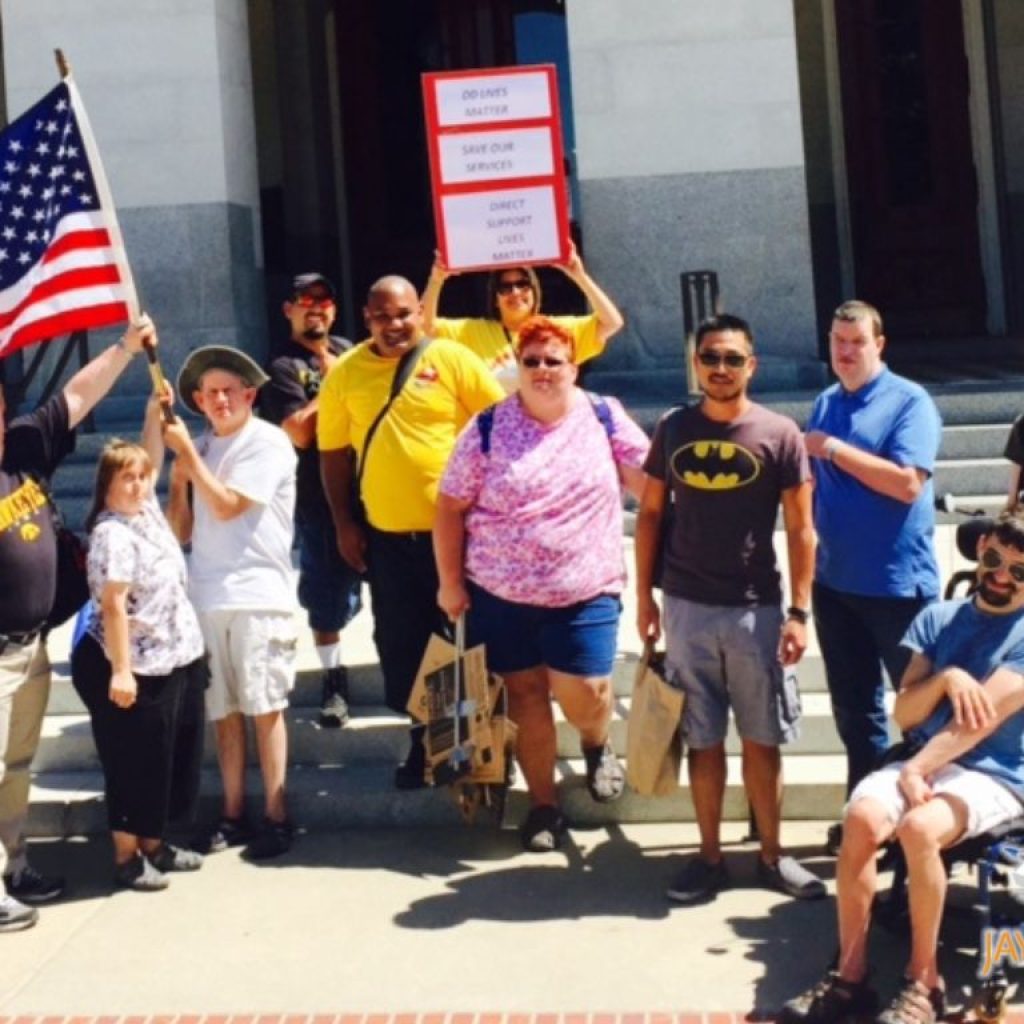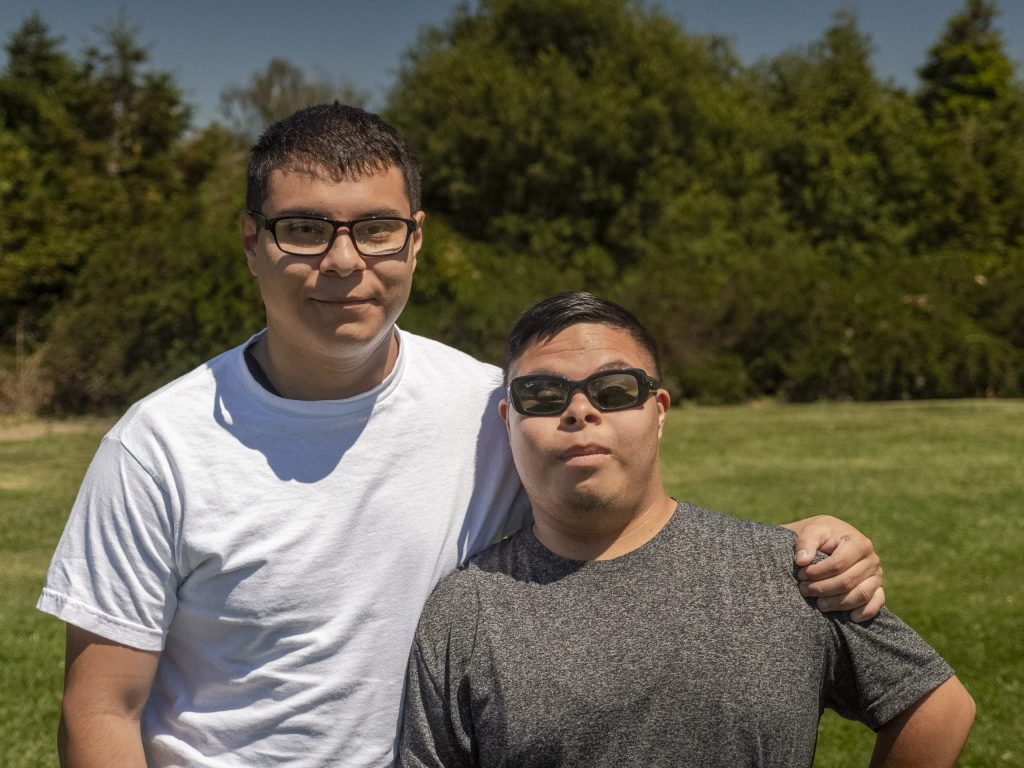Be weary of any treatment which makes grandiose claims, using words like “miraculous,” “amazing breakthrough,” “recovery,” or “cure.” Legitimate medical and educational professionals show respect for the uniqueness of each individual with autism and the feelings of that individual’s family, and therefore never indulge in overstatements and boasts about what they will be able to accomplish. When they are particularly successful in helping a person, they do not solicit testimonials from the person’s family or encourage parents to make grandiose promises and claims to others.
You should also be suspicious of professionals who publicize and promote their method or program as if it were a packageable commodity. Since autism is not a “thing” a person “has,” but an attempt to capture in a single label a wide range of behavioral adaptations to a wide range of sensory and movement regulatory differences, there can be no such thing as a general treatment “for autism.” Likewise, beware of parent support groups dedicated to the promotion of a particular “miraculous” method. Enthusiastic testimonials from people who claim they have been helped by a product or treatment are no substitute for the evidence gathered through careful, unbiased investigation, and for considering the unique developmental profile of your individual child. Run for the hills if you are ever made to feel guilty or inadequate for failing to buy into a treatment or for questioning the eager rhetoric surrounding it.
Remember that many treatments are composed of an eclectic mix of active and inactive ingredients. The more clarity we can achieve about what really helps, the less time, energy, and money we will waste on inactive, incidental, and occasionally harmful treatment components. It is helpful to note the common features in many effective interventions, across many different disciplines:
- Using environmental accommodations which slow down interactions, setting a consistent pattern paced to the person’s unique rhythms;
- Eliminating unnecessary stimuli and distractions which may overwhelm and confuse;
- Giving the person, on a daily basis, as much uninterrupted time and attention as possible;
- Following the person’s lead by building on his or her own enthusiasms and interests;
- Utilizing typical home and community settings, and the friendship and support of typically- developing peers;
- Last but not least, sharing with the person a belief in their competence and delight in their companionship.
Support is a critical element in the process of meeting the needs of the ASD individual.
Through the cooperation and support of JNCS, both the ASD individual and their loved ones can overcome insurmountable problems. JNCS, family members, and the community at large all play an integral role in helping the loved one in attaining their goals. Everyone deserves to live a successful and fulfilling life and can with the proper assistance. By remaining positive, you can help your loved one decide how they want to live their life.
There are several options to consider for financial service, while private pay is always an option, we also work with the CA Department of Developmental Services and the CA Department of Rehabilitation for additional assistance. Get in Touch With Us and learn more about how we can help.



